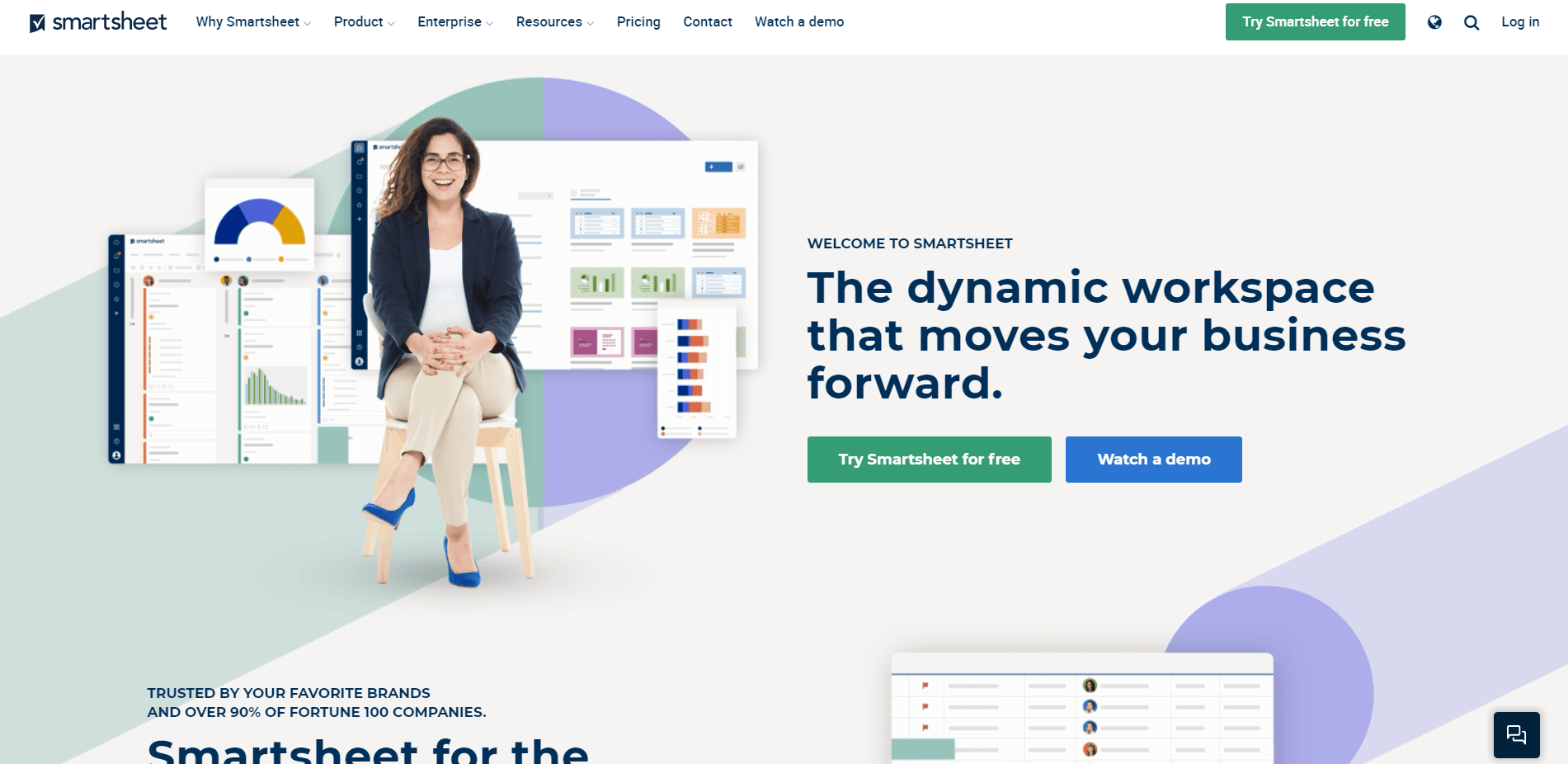Ultra-Wideband (UWB) technology has gained significant momentum in recent years, and by 2025, it is expected to see widespread adoption across multiple industries. Offering precise distance measurement, low power consumption, and fast, secure data transmission, UWB is proving to be a transformative enabler in smart environments. As more devices incorporate UWB chips—including smartphones, smart home devices, vehicles, and industrial equipment—the list of practical use cases continues to grow.
What Is Ultra-Wideband (UWB)?
Ultra-Wideband is a short-range wireless communication protocol that uses radio waves to transmit data over a broad spectrum of frequency bands (typically greater than 500 MHz). Unlike Bluetooth and Wi-Fi, UWB specializes in accurate ranging and localization, boasting centimeter-level precision. Its inherent security and resistance to interference make it suitable for various time-sensitive functions and applications where pinpoint accuracy is required.
Key UWB Use Cases Projected for 2025
1. Smart Home Ecosystems
By 2025, UWB will be at the core of smarter and more responsive home environments. Devices will leverage UWB for highly accurate indoor location detection, enabling seamless automation and enhanced security.
- Access Control: UWB-enabled locks and door systems will recognize the homeowner’s proximity and automatically unlock the door based on precise location, not just Bluetooth proximity.
- Room-aware Automation: Lights, speakers, and thermostats will adjust as users move through the house, thanks to UWB sensors that detect room-level position in real-time.

2. Automotive Applications
Car manufacturers are integrating UWB into their vehicles, and by 2025, this integration will be more sophisticated and widespread. UWB will enhance both convenience and safety during the driving experience.
- Digital Key: UWB replaces physical car keys with a more secure digital alternative. The car will unlock only when the user’s smartphone (or wearable) is within a defined “trusted zone.”
- Anti-theft Systems: With the ultra-precise tracking capability of UWB, vehicles will be more effective in detecting unauthorized access and reporting precise location data in the event of theft.
3. Real-Time Location Systems (RTLS) in Industrial Settings
Factories, warehouses, and logistics hubs are expected to make extensive use of UWB-based RTLS by 2025. These systems improve visibility and efficiency throughout operations.
- Asset Tracking: UWB enables businesses to monitor the exact location of tools, machines, and inventory within an industrial environment, ensuring nothing is misplaced and workflows are optimized.
- Worker Safety: UWB tags can be used to accurately determine the position of workers in dangerous areas and alert them or supervisors in real-time to potential hazards.
4. Enhanced Mobile Device Interactions
Modern smartphones are already shipping with embedded UWB chips, and by 2025, the ecosystem of devices leveraging this technology will be significantly larger. UWB will provide context-aware experiences, faster sharing, and effortless device pairing.
- Quick File Transfers: UWB enables users to point their device at another and initiate instant data transfer, akin to “point and shoot” file sharing with millimeter accuracy.
- Proximity-based Unlock: Devices such as laptops, smart TVs, and security panels will unlock or activate based on the position of a user’s smartphone or smartwatch.
5. Augmented Reality (AR) and Indoor Navigation
Within complex indoor spaces—like airports, malls, stadiums, or hospitals—UWB’s high accuracy enables real-time, location-based AR experiences and directional navigation that GPS simply can’t offer indoors.
- AR Shopping Assistants: Retail stores will employ UWB to power AR wayfinding tools that guide shoppers to specific products.
- Maintenance and Repair: Technicians using AR glasses can receive step-by-step repair instructions that are contextually driven by their location and line of sight, thanks to UWB triangulation.

6. Event and Crowd Management
Large gatherings like sports events, concerts, and political rallies benefit from real-time location tracking provided by UWB. The technology allows organizers to monitor crowd density and flow for better safety and user experience.
- Attendee Tracking: Wearable badges or wristbands embedded with UWB will help manage access and analyze movement patterns to prevent bottlenecks or unsafe conditions.
- Contactless Entry: Gate systems powered by UWB ensure a smoother, faster entrance process, reducing through-traffic hazards and wait times.
Advantages of UWB Over Competing Technologies
While Bluetooth and Wi-Fi dominate wireless communication today, neither matches UWB in terms of precision or data security. By 2025, UWB’s advantages will be even more pronounced:
- Accuracy: Sub-centimeter localization compared to precision ranges of meters with competing technologies.
- Low Latency: Rapid signal response times enable real-time functionality.
- Interference Resistance: Operates across wide frequencies, reducing the impact of other wireless signals.
- Low Power Consumption: Ideal for battery-powered IoT devices and wearables.
Future Outlook for UWB
UWB’s transformative potential goes beyond current use cases. In 2025 and beyond, we can expect to see it integrated into smart cities, drone navigation systems, and immersive metaverse applications. As the technology matures and standardizes across industries, the fusion of UWB with Artificial Intelligence (AI) and 6G networks could further amplify its capabilities in predictive analytics, autonomous mobility, and real-time decision-making.
Frequently Asked Questions (FAQ)
-
Q: What devices will have UWB in 2025?
A: Smartphones, smartwatches, vehicles, smart locks, industrial tools, and AR devices are expected to widely integrate UWB chips by 2025. -
Q: How secure is UWB technology?
A: UWB is highly secure due to its short-range communication, high-frequency operation, and ability to verify time-of-flight signals, making it resistant to replay and spoofing attacks. -
Q: Can UWB replace GPS for indoor navigation?
A: Yes. UWB offers far greater precision than GPS in indoor environments, making it ideal for navigation inside malls, airports, and facilities where GPS signals are weak or unavailable. -
Q: What is the range of UWB?
A: Typical consumer-grade UWB has a range of 10 to 30 meters, depending on the environment and application. Some industrial systems may extend this further. -
Q: Is UWB expensive to implement?
A: While early adoption involved higher costs, mass production and standardization are driving costs down. By 2025, UWB is expected to be cost-effective for both consumer and industrial applications.

